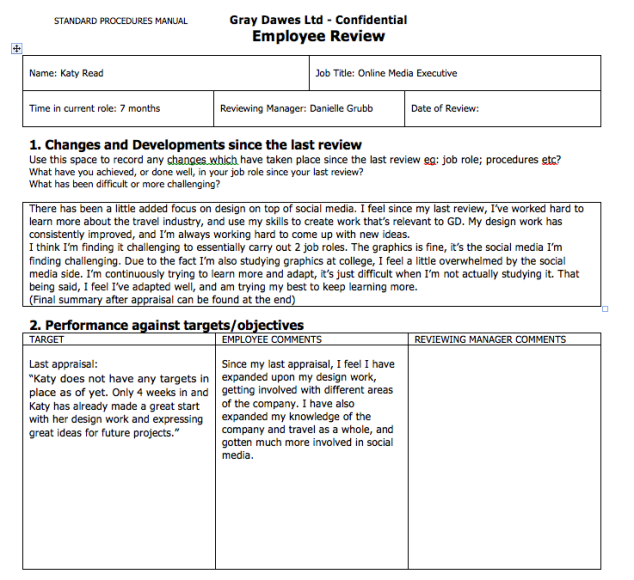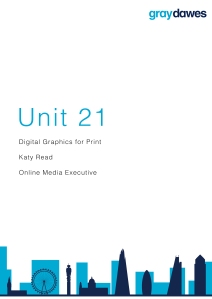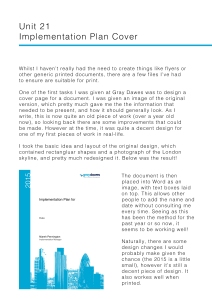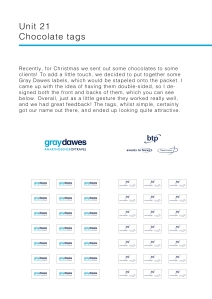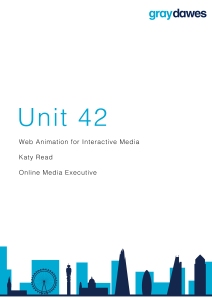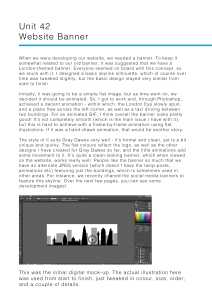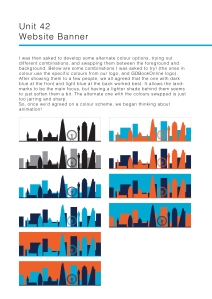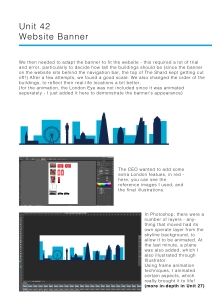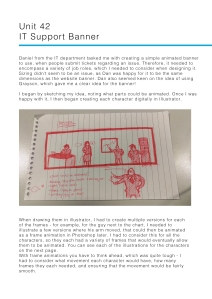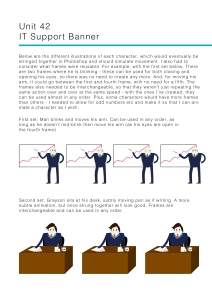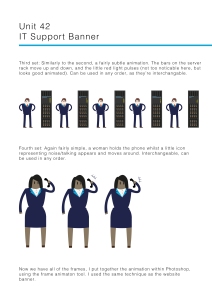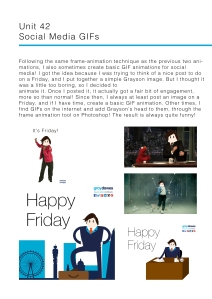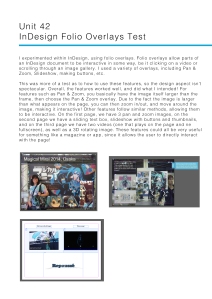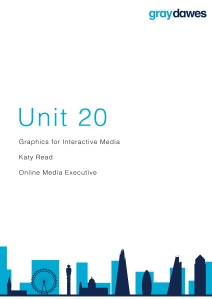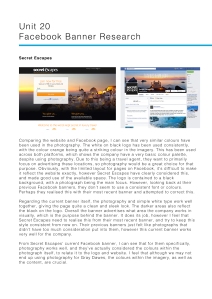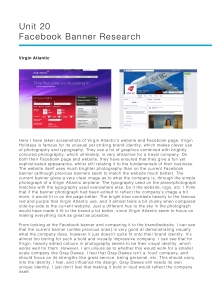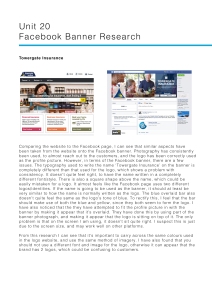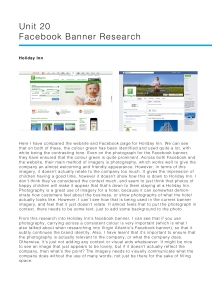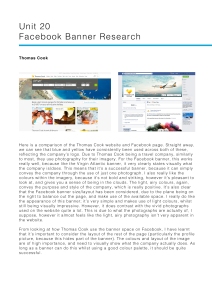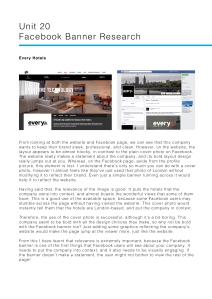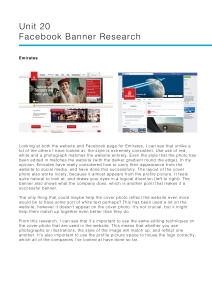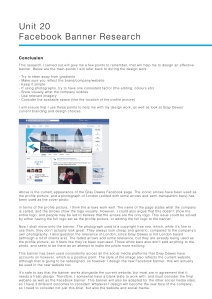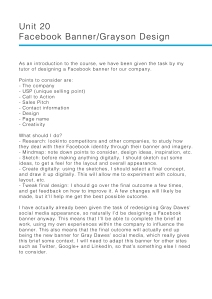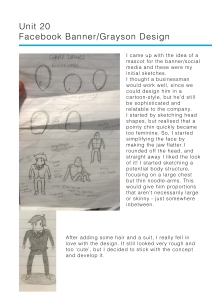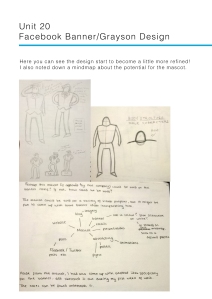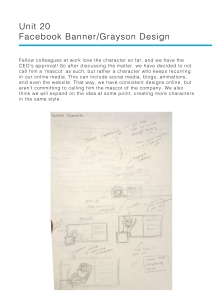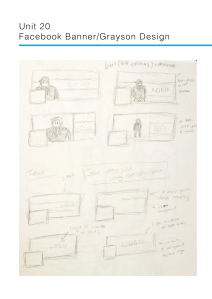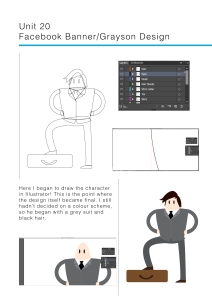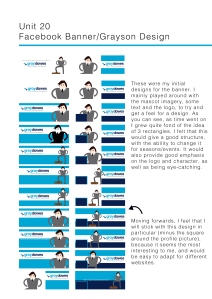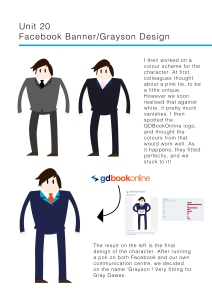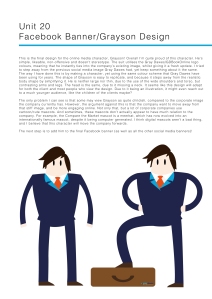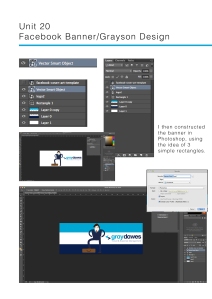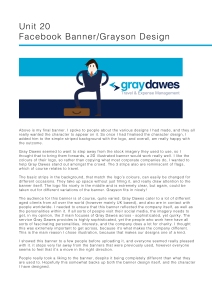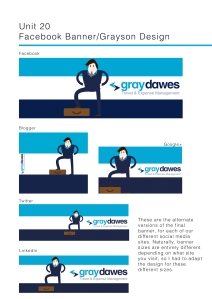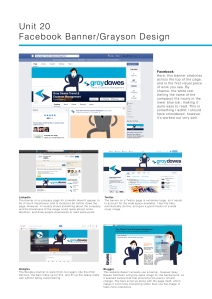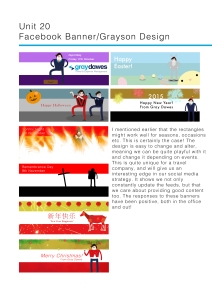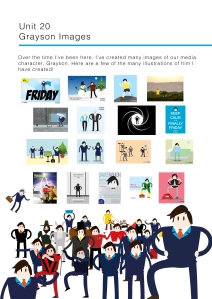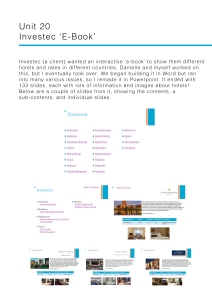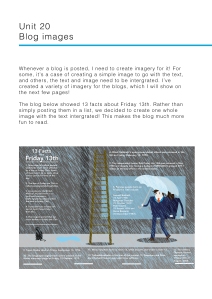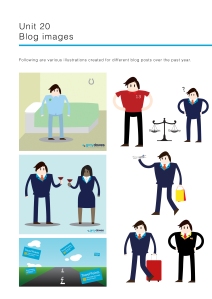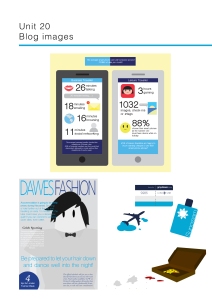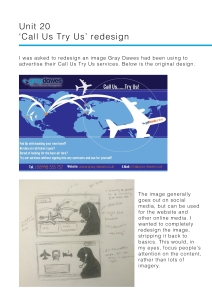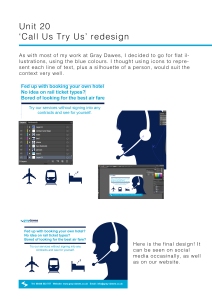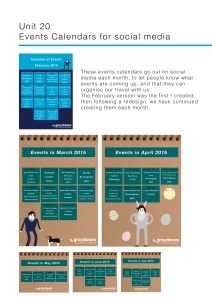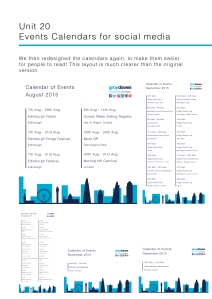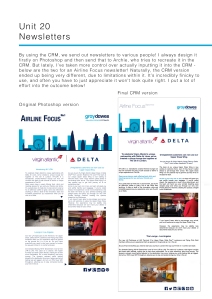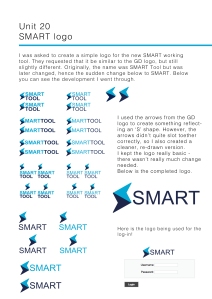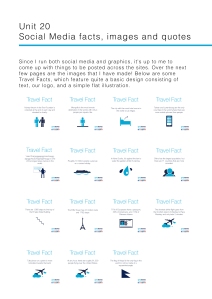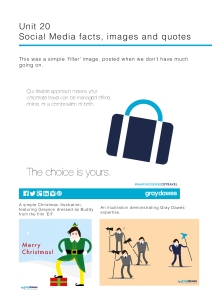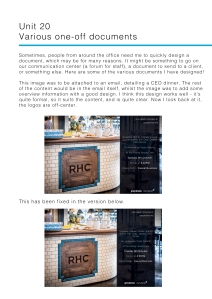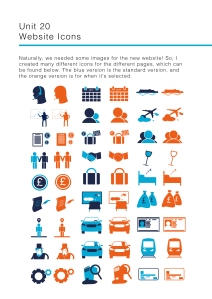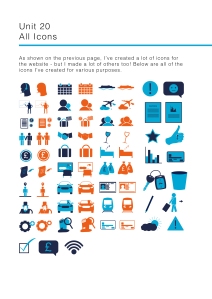1 – Understand how to communicate in the workplace
1.1 – Describe several communication techniques and explain their appropriate application
Speaking: This is verbal communication between two or more people. This is normally done in person, and is the clearest way of communicating. However, some people are more effective at it than others. It’s generally the best way to get across ideas, for example, in a pitch or sales meeting etc.
Emailing: This is communication through an email, which is great for keeping in contact, or getting information that is easier to have written down. For example, if someone has a number of tasks for you to do, it might be easier for you to have them email over a list rather than try to talk through each one (which could lead to you forgetting). It can be more organised too, and can be accessed from anywhere. Emails allow you to discuss in-depth topics through text, and allow you to format it in any way you wish. Similarly to speaking, some people are better through written communication than spoken. Of course, if after an email the matter needs to be discussed in person, this can be done.
Video chat: Through programs like Skype, Google Hangout etc, people can communicate through some form of video chat, allowing them to almost speak face to face, whilst being in different locations. For example, if someone is on holiday but needs to attend an important meeting/discussion, they may decide to video chat, so that they can both visually and verbally communicate as if they were there. This type of communication is great for people who aren’t always in the office, because it allows them to still attend meetings and communicate effectively to fellow colleagues. You can even still carry out a presentation through a video chat, which is handy!
Phone: This is a similar method to video chatting, however it loses the visual aspect. Video chatting is great if the person needs to be seen or see things visually, however if that’s irrelevant then giving them a call is the next best option. For example, again if you needed to attend a meeting, but it was a simple discussion, calling would be the best and easiest option. You would be put on speakerphone so that everyone can hear you and communicate easily.
Letter: Sometimes, you need to contact someone in a very formal manner – whether this is to tell them some vital information, or really push them to complete a task you’ve been waiting on. Writing a letter directly to them is a good way to go about this! Nowadays, we communicate via technology, and don’t send letters as much as we used to, which is why it can be a huge surprise when you receive a physical letter rather than an email! As noted above, writing directly to someone is good for telling them some highly important information (whether it’s about their job, money, etc), or at least for pushing them to complete something. It’s not often you’d come across these scenarios as a normal employee (more likely the higher up you are), so sending a letter wouldn’t always be the solution – often, an email can suffice!
Texting: In some workplaces, people may be out the office for a while, or may be late. In situations like these, a text can often work well. When applied to informal situations, texts are a very easy way to quickly contact someone, and get some information across without the hassle of ringing or emailing. Some workplaces are more relaxed than others, meaning texting can be more common, however some can be a bit more formal, where texting may not be appropriate. To summarise, texts are great in informal situations, but shouldn’t be used otherwise.
1.2 – Compare a range of techniques used for influencing and persuading others and their application
Let’s say you have an opinion on a piece of work, and need to get this across to your peers. What’s the best way to do that? A face-to-face meeting is often the best technique, because you can discuss matters in person and use body language to help be persuasive. You can also sketch diagrams, mind maps, or even hold a presentation, which would all add a visual element to your argument. There are a lot more opportunities when communicating face-to-face to persuade someone, because it’s easier to spark conversation and break the ice essentially. There’s nothing more convincing than talking in person with diagrams, sketches and information to back up your views!
Trying to communicate with someone via the phone alone is not always the best plan, and it’s best to try and steer away from this if possible. This is because when communicating over the phone, you’re relying on your voice alone to be persuasive – body language and visual elements don’t play a part. It is possible to be persuasive over the phone if you’re experienced in that field/method, however if you’re not, it’s best to go for a different option.
Video chat would instead be the second best option – as noted in answer 1.1, it’s similar to a face-to-face meeting. It shouldn’t be chosen above a meeting in person, only when someone isn’t available to reach. It allows you to rely on body language and visual elements as well as your voice, however there is less interaction going on. It would work well as an option, but again, second to a face-to-face meeting.
A letter would, however, likely be by far the most persuasive method. As noted in 1.1, we don’t often get letters regarding work nowadays, so it can have a big impact when you receive one! If someone is behind on some work or hasn’t completed a vital task, sending a formal letter will definitely persuade them, likely better than the other methods mentioned here. Texting is not that persuasive, and should be avoided. It’s great for getting in contact quickly (if someone was going to be late due to traffic, for example), but should not be used for professional or persuasive means. It comes across very informal, so you’re not likely to be able to influence someone through one!
1.3 – Describe how to give and receive constructive feedback
Giving feedback: It’s important to try and give some positives when giving someone feedback about their performance. If you simply give someone negative feedback, then you’re saying they’ve been completely unproductive, which may affect their future performance, or damage their confidence. Finding something good to talk about is important, to let them know they’re still relevant and can learn to improve. Giving feedback shouldn’t be harsh and critical – more, telling someone how to improve in a way that is constructive. Discussing areas for improvement is important of course, but you must do it in a helpful way, otherwise the person receiving the feedback won’t know how to improve their work – they’ll just know that they carried out something incorrectly, but not why. If you simply criticise someone’s work, but you’re not specific and don’t give examples, there’s no way they can work to improve upon this. Feedback generally should give the person direction, goals to work towards, some praise, and a drive to do more. If you simply tell the person they’ve done a bad job, they may not feel that they have much worth, and if this is repeated, they may not want to continue working in that position. Setting targets is also a very positive way of helping someone to improve, because it gives them a very clear idea of what you expect of them. Not only that, it can give them confidence, because they know you have faith in them reaching those targets. Any targets set need to be realistic, otherwise they can backfire drastically on the person if they’re not met. Setting manageable goals when giving feedback will be the easiest way to help them. In contrast giving too much praise to someone can be a bad thing, because similarly, it won’t actually give them anything to improve upon – they may become very relaxed about their work and start making mistakes. Of course, praising someone is great if they’re working well, but it’s important not to just focus on this, and set them something to work to, thereby setting their sights higher. The thing to keep in mind is that feedback must be constructive, balanced, and give them a goal.
Receiving feedback: It’s crucial to listen to what you’re being told whilst receiving feedback. Acting disinterested or as if you already know what they’re saying can be very rude, and will only risk getting you into trouble. Feedback isn’t a negative thing, it can often be full of praise to boost confidence, therefore, it’s important to listen. If they ask questions, answer honestly and politely. Try not to jump in and interrupt, because they may be getting to a point you have queries about – wait until the end to ask any questions you have. If, however, you’re discussing something a little more informally, then it’s more acceptable to go back and forth a bit, offering your views and questions. Giving your view on the feedback is also important, to let the other person know whether you think they’re being fair. If they’re being fair, then be sure to thank them for the feedback! If however they are being too harsh or vague, try to ask for more specific details, using words such as ‘why?’, ‘when?’, ‘how?’. Asking questions to press the person further must be done politely, but in a way that will get you more details about why the feedback has felt harsh. It’s important to remember that feedback may sometimes seem harsh, however, if people have been observing you closely, they’re purely giving their thoughts on your behaviour. It’s crucial to take on board this feedback, and monitor your own behaviour closely. When discussing goals, it’s good to ask questions, and show your interest has piqued. Goals and targets show that the person has faith in you, so it’s good to seem interested and excited at the prospect of meeting them. Try not to just give excuses either, or push the blame for an issue onto someone else. If you genuinely do have an issue out of work that’s affecting your performance then it’s good to discuss it – otherwise, trying to blame someone else will only make things worse. You must ensure you take responsibility, and use the feedback given to improve.
1.4 – Describe methods used to communicate technical and specialist issues within and across teams
When working in a specialist team (social media for example), there may be times where you need to discuss an issue that has arisen, that is specific to your team. Therefore, you may use technical terms and words, since you would all understand and be able to discuss the problem. For example, if there’s an issue with a DM on Twitter, you could discuss this easily with other people within your team. However, if you needed to discuss this with someone else, they may not understand the terminology, meaning you’d possibly need to simplify it a bit, by using more general terms that people would be familiar with.
In terms of how to actually communicate these issues, it depends on both the problem itself, and who you’re talking to. The most common method would be talking in person with someone else in your team, because this allows you to discuss the problem verbally. This may lead to the task getting sorted faster. However, if it’s someone in a different team that you need to contact regarding an issue (IT for example), you may need to either email or phone them, if verbal communication isn’t an option. Again, you’d need to consider the terminology you use, to ensure they understand the issue. However, if you were talking to a client, you’d have to ensure that the way you communicate (whether verbally, via email or a phone call) is professional, and try to consider how much of the specific terminology they would understand. The last thing you want to do is annoy someone by using terms they don’t use/work with! The method of communication for any of these events must be considered first, followed by what terminology you use, and how professional you need to appear.
If the issue is of a big priority, it may be necessary to have a meeting to teach and explain the situation to those less familiar. This meeting would be used to teach the correct technical terms, explain the issue, etc. Or, if this doesn’t work/the issue is simply too complex, a training day may be necessary. This would likely be the best way to teach people, because it would be done professionally with the intent of learning a lot in a short space of time.
2 – Be able to present own ideas in different environments
2.1 – Describe examples of effective presentation techniques
PowerPoint: Using this software allows you to show slides of information and images, using animation and effects. PowerPoint can be used for a variety of reasons, including getting across lots of information visually, or purely as a visual aid. You could use lots of text and charts on it, to get across lots of data without simply talking, because it allows you to show it in a way that’s a bit more pleasing to the eye. Or, alternatively, you could have simply one or two words on a slide at a time, with lots of imagery. You may do this if you want more of a focus on speaking, but would like some visual ideas for people to look at. PowerPoint is generally used for a crowd of people, or at least a small meeting. You don’t often use PowerPoint when presenting to one or two people, for example. Transitions and effects in a Powerpoint can also be fantastic for engaging people! They can make people laugh, make the presentation appear more professional, or simply hold their attention longer.
Speaking: Simply speaking without a visual aid is perhaps not the best method of presentation, because it’s not too engaging. This method is good for a small group of people, but not having some form of visual aid means that it may get boring quite quickly. You’re relying on your voice along to carry enough information clearly, which can be quite tough. Unless people have some form of visual aid, they may find it hard to recall many of the facts/figures/points that you state, because they have to actively listen, even if they don’t feel that engaged. Again, this method is fine for direct conversation with a small group, because you’re presenting your ideas to a small number who are listening to what you’re saying. But if it’s a larger group, there will be people who will struggle to focus on just a voice, or they may not be able to hear you, etc.
Video chat: Sometimes when being interviewed for a job, you may be required to have it through a video chat rather than in person. Or, if you’re out of the office but need to present ideas, you could do it through a video chat. It’s not the best method, but works well if you can’t physically be there. With a proper setup and plenty of preparation, you can present work effectively online, through either slides, speaking, etc.
With all of these methods, you want to be trying to get the audience involved, and active. People learn better when being engaged in something, due to it attracting more of their attention and being more enjoyable! Even if it’s simply saying ‘at the end there will be a quiz’, something basic like that might get more interest throughout, due to a sense of competition (especially if there’s a prize up for grabs). You’ll find more people taking notes, asking more questions, and generally paying more attention. If the audience is passive, meaning you’re simply presenting to them without any form of engagement or discussion, things aren’t going to go well. Their minds will start to wander, and they’ll quickly get bored of hearing your voice, or watching a dull powerpoint. The last thing people want is to go to a presentation and sit there for an hour just listening!
2.2 – Select and justify appropriate presentation techniques for a specific creative idea
When I was presenting my ideas for the website redesign (which has already been done), I used many visual aids, because the topic was design. I needed to be able to show my ideas, so I mainly used PowerPoint and separate images. Of course, I also communicated verbally, to explain my ideas and the reasoning behind them. I did these sorts of presentations a few times, but it wasn’t very formal (I wasn’t standing up or anything), more a discussion about what we could do with the website.
Danielle – “Katy has provided brilliant ideas and contributed a great deal to all projects to which most have been published or adapted to suit the business. All of the designs on the company website were produced by Katy.”
2.3 – Present own creative ideas on a one-to-one basis; in a small group; to a large group
One-to-One: Numerous times, I’ve needed to create a piece of design for social media, and present it to Danielle. We normally stay at our desks and discuss the matter, or we go into a small meeting room. Due to the fact this is a one-to-one, it’s normally quite relaxed, and we discuss the work in a somewhat laid back manner. We freely offer our opinions about the piece of work, and discuss the best way to go about it. The work I normally present in a one-to-one situation includes illustrations for blogs, edited documents that Danielle has sent to me, etc.
In a small group: Sometimes, colleagues from around the office want to make use of me for design purposes, and often schedule meetings with Danielle and myself to discuss a piece of work. This can range from redesigning a document, to creating an animated banner, to designing a campaign. When in these meetings, I try to remain professional and offer my design advice where relevant. I always try to ask for a timeframe and other details, to ensure I complete the work on time, in the correct format, etc. We then often schedule a second meeting at a later date to review the final piece of work.
To a large group: As noted in a few answers (Unit 1 (3.3), Unit 2 (2.2)), when we worked on the website, I was required to present to a large group including the CEO, showing my design ideas. I had to communicate clearly, and whilst it wasn’t too formal, I needed to remain professional, and try to be persuasive regarding my design work.
Danielle – “Katy has managed to adapt herself well in each of the listed situations and is passionate about what she believes in. Being very strong willed, Katy works well to deadlines and gives a clear explanation of her views and ideas. Katy has brought many ideas to the table and although not all of them have maybe been suitable for that particular project, they have definitely given food for thought. Generally speaking 90% of Katys designs have been used through out the business within various different tasks and projects.”
2.4 – Evaluate, with others, areas of strength and weakness, in relation to own presentation performance
In regards to my presentation technique, Danielle and I discussed my areas of strength and weakness. My strengths mainly came from the visual aspect, as I had worked hard to get together a decent amount of visual content and create some good designs. Weaknesses emerged when it came to speaking, due to being nervous – I feel this is something I’ve now improved upon, but it is something I do still struggle with. Basically, I need to slow down when talking, so that I don’t muddle my words or sound too boring. Below is an example of an old appraisal.
/arc-anglerfish-syd-prod-nzme.s3.amazonaws.com/public/ZQUXF3PSW5BK3MBZ6AAPCK2NVI.jpg)

